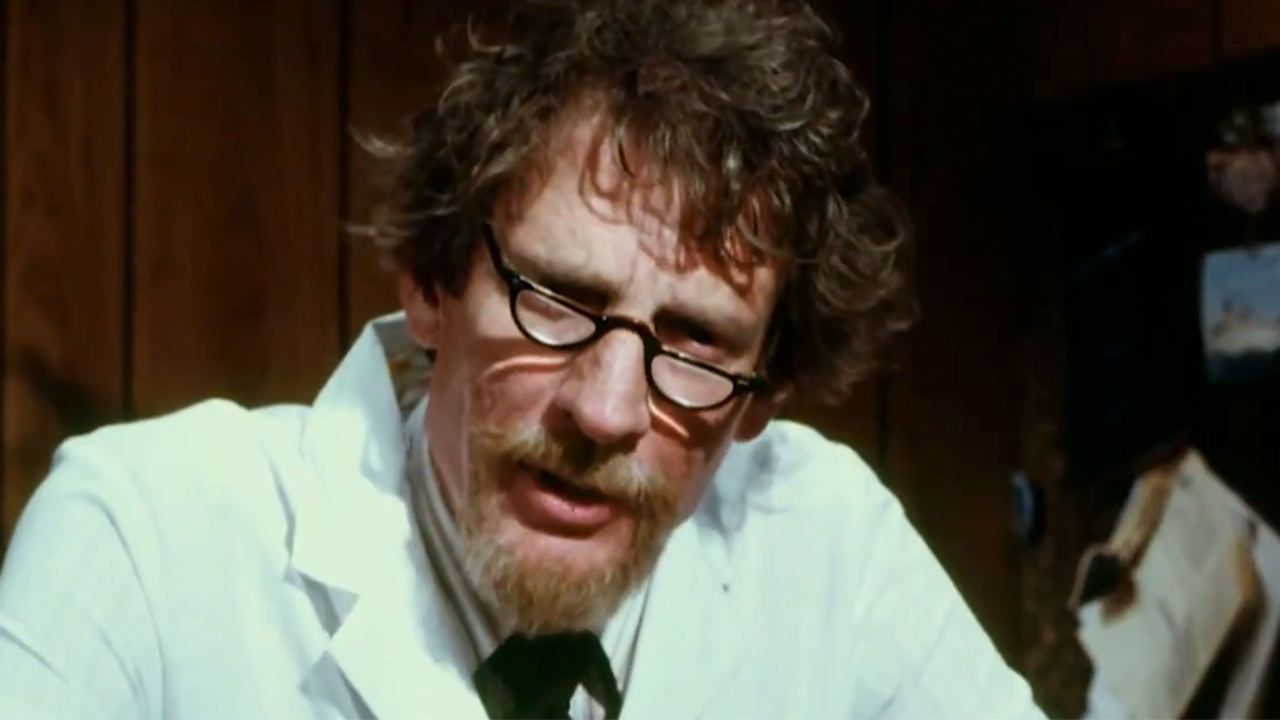Jurassic World Adviser Says The Movie's Science Is Possible Today

It appears that the science behind this month’s franchise revival, Jurassic World is more solid than moviegoing laymen may have anticipated. A paleontologist adviser who works on the film ensuring the authenticity of its awesome array of aggressors claims that the film’s dealings with deadly hybrid species of dinosaurs is "scientifically more plausible" than the previous movies.
In a radio interview with the BBC, Dr. Jack Horner, a paleontologist who has served as a consultant on all four films of the Jurassic Park series, as well as Fox’s expensive 2011 television endeavor, Terra Nova, made a rather intriguing observation about the feasibility of Jurassic World's main attraction, the humongous hybrid, Indominus Rex. According to Horner:
We don’t have dinosaur DNA, but we can make transgenic animals. The cool thing about making a hybrid is that we can take a whole bunch of genes from other kinds of animals and mix them together to make a new animal, which is actually more plausible than the original [idea of] bringing [dinosaurs] back."
The driving force in the drama that will befall park patrons in Jurassic World points to the creation of the hybrid Indominus Rex. A towering 40 ft. tall apex predator, I. Rex sports the DNA of bipedal carnivore species such as Carnotaurus, Rugops, Gigantosaurus and the cannibalistic Manjugasaurus. It’s an unholy array of traits cobbled into one terrifying creature designed to boost park attendance. Instead, the creature will be manually lowering said attendance levels, one fearsome chomp at a time. As scary as such a prospect sounds, it seems that, according to Horner, the creature’s genetic genesis is not only something that’s possible in real life, but is actually already taking place with the animal gene-swapping practice of transgenics.
As was famously explained in the original film’s animated exposition, the cloned dinosaurs in Jurassic Park were created by filling in genome gaps of the recovered dinosaur DNA with that of a frog. That practice resulted in unexpected aberrations like spontaneous gender-reversal in the wild, allowing unauthorized breeding. However, in Jurassic World, it is revealed that the process in creating the carbon-copy dinosaurs evolved with technology, and new DNA extraction methods have allowed their scientists to approach 100% genome accuracy in their creations for dozens of species. (As explained in the video below.) This aspect, at least, according to Horner’s hypothesis, is actually less realistic than the idea of a hulking hybrid species like Indominus Rex.
In fact, this idea is apparently so tangible in the real world, that Dr. Horner, himself, revealed in a 2011 TED talk that he’s working on his own actual attempt at the Jurassic Park treatment. Using genetic reverse-engineering with a chicken, he is making an attempt to recreate a smaller species of dinosaurs called a "Chickenosaurus." Putting this into context, the scientist who has consulted on the Jurassic Park films, who claims that deadly genetic hybrids like I. Rex are possible, is currently working on making a dinosaur in real life!
Let’s just hope that Jurassic World continues to be the closest the real world ever gets to the unbridled bevies of butchery that we’re sure to witness when it hits theaters on June 12.
Your Daily Blend of Entertainment News
